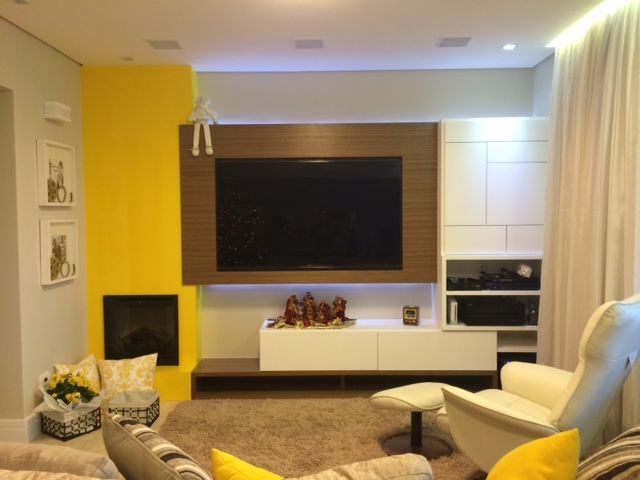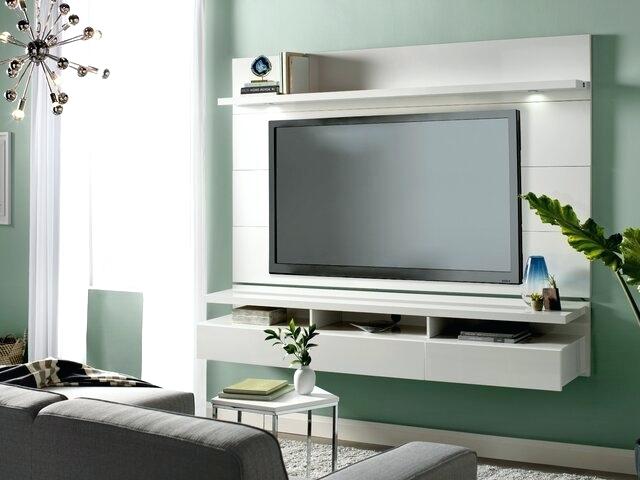
Buying A New Television
A far better understanding of the transition to Digital TV, and recognizing these HDTV fundamentals, will aid you to be ready when it’s time to think about a new tv.
Acquiring a brand-new tv today can be frustrating as well as includes greater than simply visiting your local television or electronic devices shop. Searching for a Digital TV or an HDTV can be perplexing with all the acronyms, terms, resolution, dpi, formats and the choices that you can get on tvs today. As well as you believed that buying a brand-new automobile misbehaved.
So What Do Consumer’s Required to Know
There are so many choices challenging today’s not really prepared customer, simply trying to navigate through this complicated labyrinth can be a complicated experience. However, most of these irritations can be stayed clear of by doing some research before hand.
Points To Know Prior To You Go
What is Digital TELEVISION … and is Not. What is the Digital TV Shift … and also how it will certainly affects you. Exactly how is HDTV various from all various other tv formats … as well as How. Recognize what you want and need, so you’re not Marketed something YOU don’t desire or need!
So Where Do You Begin? Acquaint on your own with the various Terms as well as Categories
TV Categories:
NTSC Analog TELEVISION- (National Tv Equipment Committee), Traditional TV; now being terminated on February 17th.
ATSC Digital TELEVISION – (Advanced Television Solution Committee), DTV;
This is “SDTV” – Typical Definition TV – the brand-new, (digital) TV Requirement;
replaces NTSC Analog TV.
Integrated HDTV – or just, HDTV; DTV with an Inner (built-in) High Definition TELEVISION Receiver.
This has the ability to Obtain and also Display all ATSC TV Signals – Consisting Of HDTV Signals.

Digital-HDTV – ‘Qualified’ or ‘Ready’- Digital TELEVISION that is able to PRESENT HDTV – BUT ONLY with the addition of an EXTERNAL HDTV Receiver.
EDTV – Boosted Digital TV – a category * describing Digital TELEVISION’s that are basically ‘premium’ SDTV’s. While these frequently include some kind of technological functions, included by the Supplier to boost the picture, nevertheless, the picture high quality does NOT equal HDTV. Technically, there is virtually no aesthetic difference between an SDTV and an EDTV – with the possible exception of the greater rate.
* For numerous Customers, this classification is of suspicious worth; by paying much more for a TV identified “EDTV” the customer is only obtaining what can best be called an ‘upgraded’ SDTV. The question is, how ‘up-graded’ is it, if the TELEVISION merely satisfies the requirement for SDTV?
Various TV Show Technologies:
CRT – (Cathode Ray Tube): Typical TV Technology – The recognized requirement for television screens; best overall worth – image top quality as well as price; significant downside is bulk and also mass as size increases. Plasma Show – Ultra-thin design, High Comparison Scores, ‘Fixed Pixel’ Display: Measure to 60+ inches; some present restrictions – expensive, high burn-in risk; photo high quality influenced by lack of ability to display black-color; displays are extremely heavy and delicate; image high quality lost as pixels discolor; lots of Plasma Screens do not present HDTV resolutions. Development continues. For more information on direct tv, click on this link.
LCD – Liquid Crystal Show: Thin style, size restrictions; good computer system monitor; sharp image for static display screens; problems displaying photos moving; numerous LCD Display screens are not HDTV capable. Growth continues.
LCoS (Liquid Crystal on Silicon) – Enhanced LCD Innovation, might hold guarantee for future HDTV screen; expensive; production issues continue; growth recurring.
DLP (Digital Light Processor) – Makes Use Of Chip and also Software application Innovation – interesting, different screen technology; excellent HDTV screen; gets rid of most short comings of various other modern technologies; modest expense; some audiences question “softer” photo, and use “color-wheel;” promising future – growth proceeds.
TV Display Configuration:
Aspect Proportion
The size to elevation proportion of a TELEVISION Screen or Program.
Aspect Ratio can put on either the television monitor (hardware), or to the TELEVISION program layout.
Traditional – (4:3) facet proportion; the display has ‘square’ appearance. All Analog TELEVISION programs remain in 4:3 aspect ratio.
New ‘Wide Screen’ (16:9) facet ratio; the screen is rectangular.
Digital TELEVISION (SDTV) programs can be in either 4:3 or 16:9 aspect ratio.
HDTV is always in 16:9 element proportion.
As you can see, customers have a variety of choices to make, long prior to making their last purchasing choice. Recognizing the fundamentals of HDTV requires us to end up being familiar with a selection of strange-new ‘tech-speak’ terms.
